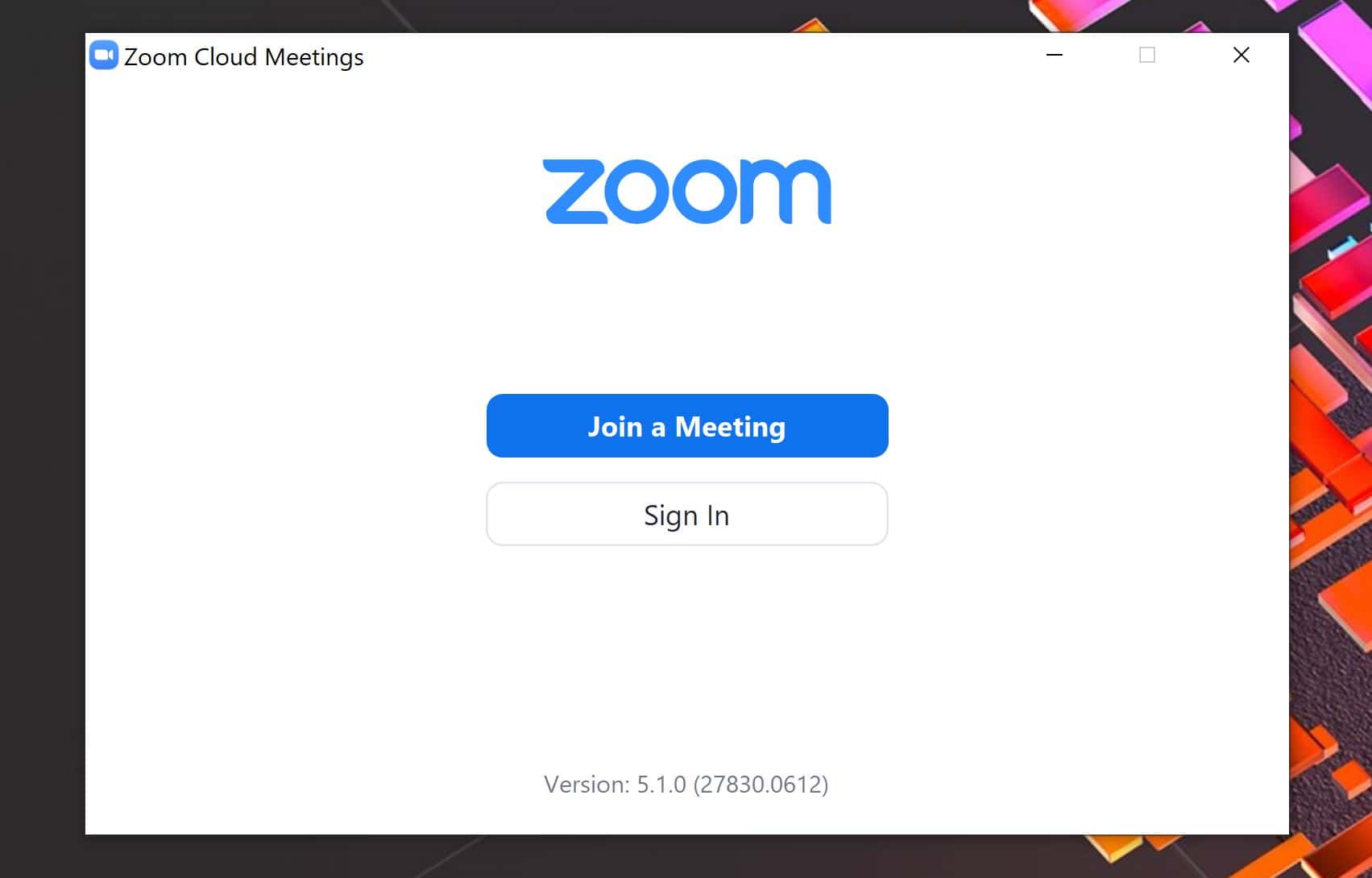
No matter how highly functional the tool is, even if it has a good reputation if the price is too high, the cost of sales and management will jump and it will not be practical. Even the Enterprise plan, which is the highest paid plan, can be used for less than 2,500 yen per month per host. The fourth reason Zoom earns high marks is that maintenance costs are unnecessary or cheap. In such a case, you can increase the cloud capacity by selecting “Payment” from “My Account” and clicking “Add additional cloud recording storage”. With Zoom’s Pro plan, the cloud capacity is as low as 1GB per user, and if you have a one-hour meeting with a video in the gallery view, the capacity of 1GB will easily be exceeded. Recorded files are saved in “My Recordings” and can be downloaded to your computer or shared via a link. With cloud recording, when you record a meeting and select Record to Cloud, the video, audio, and chat text will be recorded to the Zoom Cloud. In addition to local recording, Zoom’s Pro plan and above can be recorded with cloud recording. In addition, the Pro plan also has an option that more than 100 people can participate in the conference, and the maximum number of participants per host can be increased to 100 people, 500 people, and 1,000 people. Each paid plan has a fixed number of contract users, and the Pro plan has 1 to 9 users. Zoom’s Pro plan is perfect for small teams. Now you can quickly host or join a Zoom meeting in a few clicks. This tutorial describes you to install the Zoom client application on the Fedora Linux system. After login, you will get 4 options, Join a meeting, new meeting, schedule, or share screen only. To host a meeting you need to sign in to the zoom client application. You can get the meeting ID from the host of the meeting. Click on the “Join a Meeting” button, then enter your meeting ID and your name (to display in the meeting) to connect meeting. You must have a meeting ID to join the meeting. 
You will see the Zoom application launcher as shown in the screenshot below.Ĭlick on the launcher button to start the zoom application. Search for the Zoom client under the applications. The application installer, adds a launcher to the desktop systems. This will install other required dependencies on your system. Run the following command to install Zoom client on Fedora: You can directly download it from its official website or use the below commands to download the package. Zoom client package is available in rpm format. Prerequisites #Ī running Fedora Desktop system with sudo privileged account access.

This tutorial will help you to install the Zoom client on a Fedora Linux system.

To start a new meeting, you would be required to log in to the application.

The zoom client allows you to join meeting without signing in to the application.








 0 kommentar(er)
0 kommentar(er)
